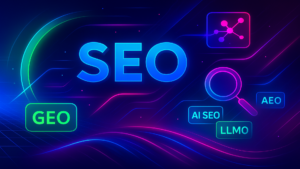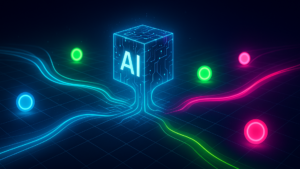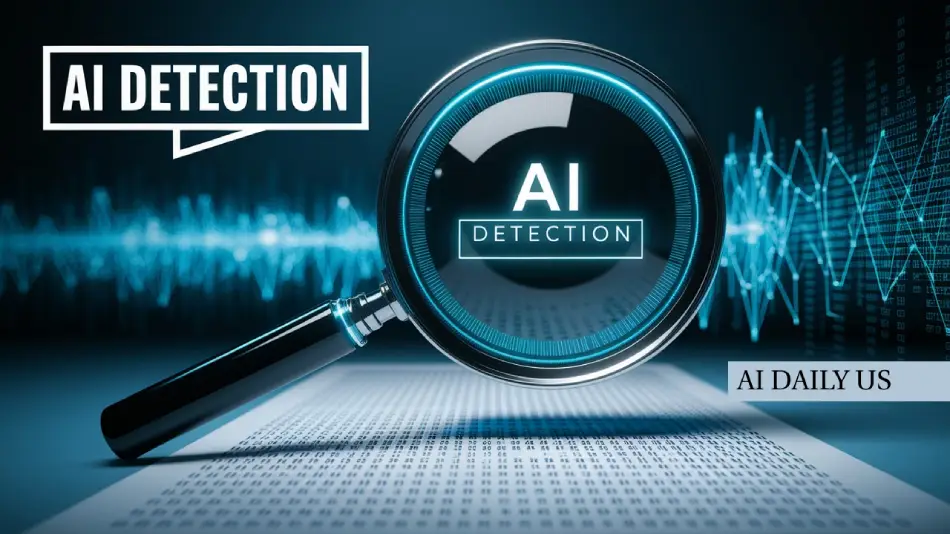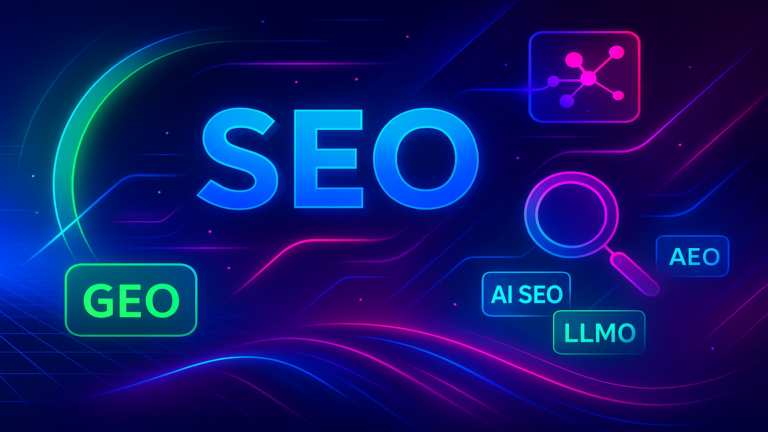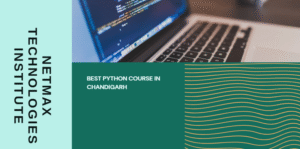As we navigate through the modern world where content takes precedence and originality is paramount, the need for AI detection tools has become an utmost priority. Such tools are extremely useful both in educational setups as well as in professional content audits. As either an academic administrator, a teacher, a researcher or even a content publisher, knowing how to detect AI authored documents is vital in upholding the integrity of the written piece. While Turnitin was the first to provide a plagiarism detection service, their reviews have been mixed when it comes to providing AI detection services. That said, finding the most effective AI detection tools like Turnitin is essential in 2025 and the years beyond.
The Relevance of AI Detection Tools in 2025
With the likes of AI content writing tools such as ChatGPT, Jasper, and Writesonic, distinguishing between human-written text and machine-generated content has became extremely difficult and more than ever automated texts need thorough analysis. For that reason, institutions are expecting a greater level of precision and a far deeper analytical approach.
- Different policies on detecting AI-generated texts have been put in place to:
- Safeguard academic integrity
- Ensure content authenticity within businesses and journalism
- Protect proprietary rights
- Aid educators in unbiased assessment
- Supervise quality control for SEO-centered websites
All things considered, let’s go over the most effective Turnitin AI content detection alternatives.

1. Winston AI – Best for Educators and Institutions
Winston AI is one of the more sophisticated AI content detection systems designed specifically for educators and publishers. It’s deep-learning algorithms can differentiate AI-created text from human-generated text with a >99% accuracy.
6 Key Features:
- Supports bulk document uploads via a dedicated dashboard
- OCR for scanned documents
- Document formats: PDF, DOCX, TXT
- Integration of plagiarism detection
- Real-time AI probability scoring
- Documents scans Compliant with FERPA and GDPR prerequisites
Pros:
- Optimum Teacher Interface
Cons:
- No mobile access
Free tier- No endless possibilities
Verdict– For those working within the academic sphere, the combination of reliable AI content assessment alongside multi-faceted plagiarism detection means great value, and that makes Winston AI the ‘Winston’ of their needs
2. Originality.ai – The Ultimate Tool for Content Creators and Web Publishers
Webmasters, content marketers, SEOs and bloggers trust Originality.ai to a great extent. This tool single-handedly detects plagiarism and Artificial Intelligence-generated content making it the preference of online publishers and web agencies.
Key Features:
Detection of GPT-3, GPT-3.5, GPT-4, Jasper and other AI tools Allowances for team management of editors and writers Scanning of entire sites via URL AI-generated and probability scoring content with percentage confidence
Pros:
- Affordable scanning credits Ideal for agency workflows Advanced reporting system
Cons:
- Not specifically tailored for education purposes Slight learning curve for beginners
Verdict: If you’re an SEO writer or web editor, Ominality is perfect for checking content originality with ease.
3. GPTZero – A Tool Trusted by Educators Worldwide
Due to its academic applications, GPTZero garnered tremendous attention. Created by Edward Tian from Princeton, this tool was designed for transparency of texts and validation of scholarly work.
GPTZero clearly identifies the most academic unfriendly tool for AI content detection.
Key features:
Measures perplexity and burstiness for AI detection Accepts DOCX, PDF and raw text inputs Fast and light interface Easy results explanation Provides analysis using context
Pros:
Known industry-wide for thousands of schools Clear interface Clean and simple design Free for basic access
Cons:
Not accurate evey time Lacking includes performing analytics determines advanced features
Verdict: When it comes to being the most academically friendly tool, GPTZero eliminates all doubt. It’s an effortless alternative to Turnitin when seeking AI content detection for free.
4. CopyLeaks AI Detector – Best for Businesses and Academic Institutions
Used by IBM and top universities, CopyLeaks has enhanced its detection algorithms for AI content. Now, it detects AI content with its plagiarism checking features.
Key Features:
- Detects GPT, Bard and other LLMs.
- Multi-language support.
- LMS integrations (Canvas, Moodle, Blackboard).
- Real-time scanning with visual heat maps.
Pros:
- Enterprise-grade reliability.
- Supports multiple education platforms.
- High detection precision.
Cons:
- Requires account setup.
- Pricing suited for institutions.
Verdict: For large organizations needing both plagiarism and AI detection, CopyLeaks is a sophisticated and scalable choice.
5. Content-at-Scale AI detector – Optimized for long form SEO content.
Some AI detection tools struggle with long form content, but Content at Scale AI Detector specializes in analyzing articles over 1,000 words.
Key Features:
- No restrictions on text length.
- Detects sentence level AI patterns.
- Tailored to SEO content writers and affiliate marketers.
- Provides recommendations for humanizing the AI.
Pros:
- Works with very long blog content.
- No sign up needed.
- Easy copy paste interface.
Cons:
- Not suited for academic citation standards.
- AI content lacking critical depth
Verdict: Best for digital marketers and affiliate site owners who publish AI-assisted articles but want to pass human detection.
Business-grade Customer Support AI Detection – Sapling AI Detector
Focused on assisting corporations where AI is used in customer support, emails, and sales communications, Sapling AI Detectors differs from academic tools in that it emphasizes preserving a natural human tone when speaking to the clients.
Key Features:
- Real-time integration in the CRM system
- Fast detection capabilities
- Grammar, tone, and AI origin evaluation
- Available API for tailored workflows
Pros:
- Real-time detection of responsive prompts
- Corporate integration
Cons:
- Limited to short form content
- Absence of a plagiarism detection tool
Verdict: Customer service employees, as well as sales representatives, can effectively shield themselves behind AI while still sounding human through these tools.
Turnitin AI Detection – Still in the Game but Not Alone
Turnitin wasn’t the first to introduce AI detection, and its addition has garnered mixed reviews. Detection accuracy seems to be a problem for them, as they tend to rely on identifying poorly written content too much, which leads to flagging polished human writing.
Key Features:
- Plagiarism scan integration
- AI content detection for ChatGPT and other writing platforms
- Supports academic workflows
Pros:
- Accountability from institutions
- Attributes educators providing one-stop solutions
Cons:
- Lack of transparency with their algorithms
- Increased likelihood of false flags
Verdict: Universities still rely heavily on Turnitin but it’s not the sole trusted name for AI content detection anymore.
Choosing the Right AI Detection Tool: Factors to Consider
While choosing any tool, the following pointers should be kept in mind:
- Type of Audience: Academic, Corporate or Digital Marketing.
- Detection Accuracy: Aim for tools with AI detection accuracy above 90%.
- Integration: Compatibility with LMS or CRM systems.
- Usability: Intuitive interface with simple explanations and responsive chat options.
- Content Formats: Scanned documents, short form or long form text.
The appropriate AI detector helps maintain trust while ensuring adherence and verifying authenticity, whether it is grading essays, publishing SEO blogs, or reviewing content generated by employees.
Final thoughts
At no other time in history, the need for detection tools like Turnitin has been more pressing. Institutions and businesses can protect their authored works with enhanced precision using Winston AI, Originality.ai, and GPTZero, which are now at the forefront.
Once the lines between human and machine authored content become indeterminate, we can rely on these tools to prioritize integrity, originality, and responsible authorship for us.
